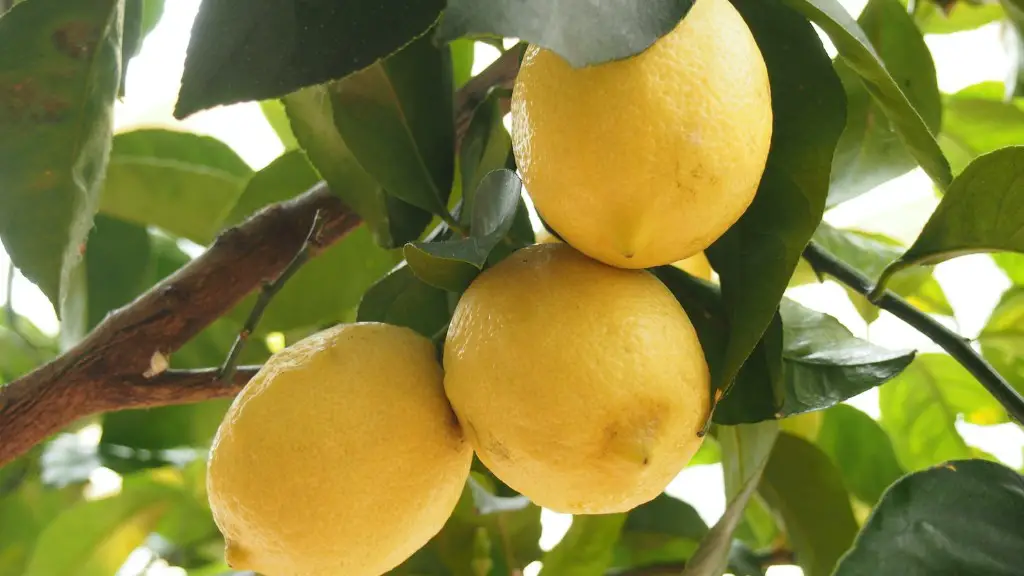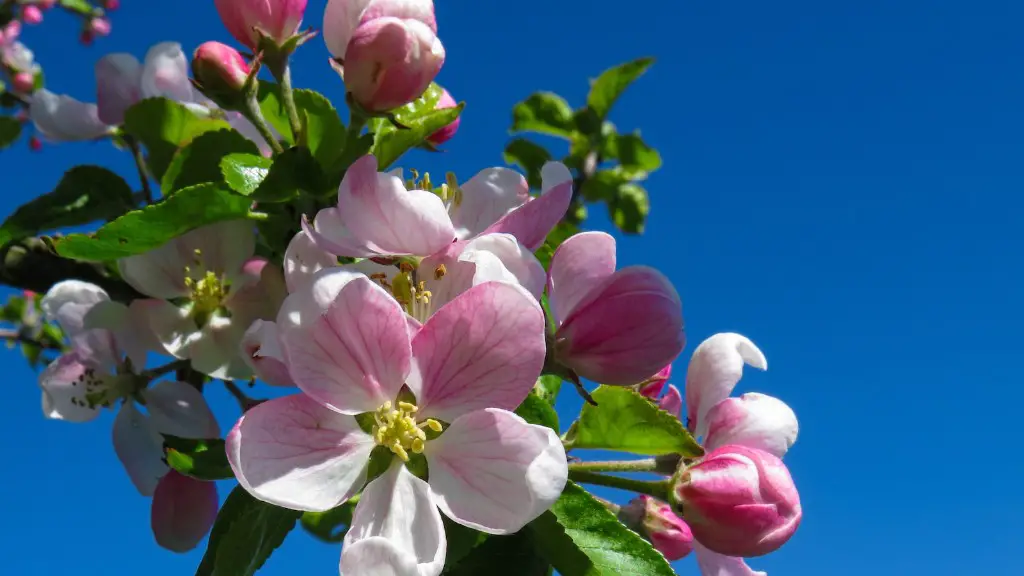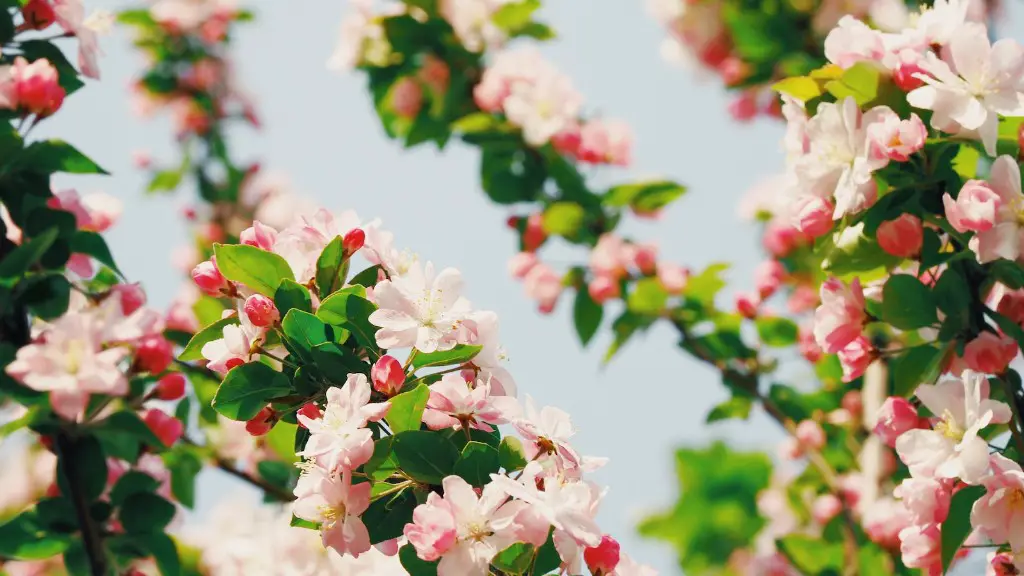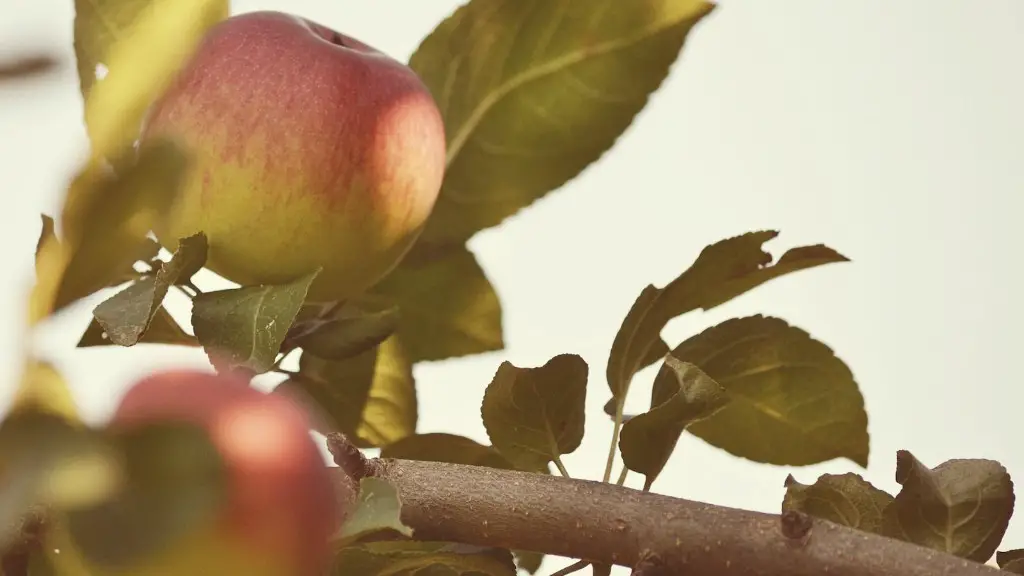Maintaining the correct amount of water for a new lemon tree is essential for its health and growth. If the soil stays too dry, the tree won’t receive enough water to absorb important nutrients. If the soil gets oversaturated, the tree could drown or root rot could occur. To ensure the best outcome, water your lemon tree every five to seven days so the soil stays just damp. If the weather is exceptionally hot and muggy, you may need to water the tree more often.
Identifying the ideal location for a lemon tree is the first step in caring for it. Areas with full sun exposure that are also protected from wind are best. When it’s too hot and muggy, water can easily evaporate from the soil. Choose a location that promotes more consistent moisture levels. You can test the soil to determine the ideal watering schedule. Overwatering can cause yellowing of the leaves and promote fungal growth.
A freshly planted lemon tree requires regular watering until it becomes established. A tree typically takes a few months to become established, at which point you may reduce the frequency of watering. However, it’s important to continue to monitor the moisture levels in the soil. If the soil is lightweight, dry, and crumbly, it’s time to water the tree. If the soil feels damp or heavy, wait a few more days between waterings.
Mulching is a great way to help conserve the moisture in the soil and prevent it from drying out too quickly. Mulch acts like a blanket on the soil, helping to keep the surface temperature lower. Choose organic material like wood chips, straw, bark, or compost. Aim to spread the mulch in a 2-4 inch layer during the springtime. As the tree grows, you can increase the mulch layer to 6 inches.
A lemon tree needs more water during the spring and summer months. If your planting area receives very little rain, you’ll need to water the tree more often. Consider investing in a moisture meter or soil probe. This tool can help you make sure that the soil is never too dry or too moist. Watering the tree early in the morning can help reduce the chances of fungal infection.
Monitoring the tree’s leaves is another way to check the water levels. If your tree is getting the right amount of water, its leaves should be a vibrant, healthy green. Some wilting may occur when it’s exposed to intense heat and full sun, but the leaves should return to normal once they receive enough water. You also want to watch out for yellowing or browning of the leaves, as this can indicate root rot.
Proper Soil Preparation
For a new lemon tree to flourish, its soil needs the correct pH level and nutrients. When planting the tree, mix some organic compost into the surrounding soil. This will provide the tree with important nutrients. If needed, you can also add a slow-release fertilizer to the soil to help promote more vigorous growth and more lemons. Make sure to avoid using excessive amounts of nitrogen fertilizer as this can burn a tree’s roots and can cause yellowing of the leaves.
Make sure that the soil is light, porous, and well-draining. If the soil is compacted and clay-like, it needs to be amended with organic material such as compost or shredded bark. This will help the soil absorb and hold water better. Too much water will cause root rot, while too little water could lead to a lack of nutrients and wilted or dried out leaves.
If you have access to a soil test kit, you can check the pH levels of the soil. To get the best results, aim for a pH level between 6.0 and 8.0, as this is the ideal pH range for most citrus trees. If your soil is too acidic, you can add lime to it to balance out the pH levels. If your soil is too alkaline, you can add sulfur or iron sulfate to it.
If you live in an area with hard water, it’s best to use a water filter for the tree. This will help prevent any harmful build-up of minerals that could affect the growth of the tree. If you don’t have access to a water filter, consider using rainwater or distilled water to water the tree. You can also purchase special soil blends that already have the ideal pH level and nutrient content.
Seasonal Weather Variations
Weather variations can have an impact on how often you should water the tree. Temperatures and rainfall naturally fluctuate throughout the year, and this could affect the water needs of a lemon tree. During hotter and drier months, you’ll need to water the tree more. If your planting area receives excess rainfall, you may be able to reduce the frequency of waterings. However, it’s still important to check the moisture levels in the soil.
If you live in an area with cold winters, you may need to alter your watering schedule. During the cold winter months, a lemon tree needs less water than normal. Make sure to reduce the watering frequency and only water the tree if the soil is completely dry. If temperatures drop especially low, water only very lightly to ensure that the tree doesn’t become stressed out.
In arid or desert climates, you may need to adjust the positioning of the tree. Consider planting it in a semi-shaded spot so it can get some respite from the direct sunrays. If your area receives little rainfall, you’ll also need to water the tree more often. Avoid wetting the leaves of the tree as this can lead to fungal infection. Use a soaker hose for maximum efficiency and minimum water wastage.
Another important factor to consider is how often you prune the tree. Regular pruning can make the tree less susceptible to bacterial and fungal infections, but it also increases the need for water. To prevent excessive stress, water the tree more frequently after pruning. For best results, add a little fertilizer after pruning to help replenish any nutrients that may have been lost during the pruning process.
Checking For Irrigation Issues
If you have an irrigation system installed in your lemon tree’s planting area, make sure to inspect it regularly. Common signs of issues such as clogged or broken pipes can be spotted early and fixed before they become a problem. If an irrigation system is installed deep in the soil, it’s important to have it cleaned and maintained once in a while. This will help enhance water absorption and improve the tree’s overall growth and development.
Another issue to watch out for is low levels of water pressure. If the water pressure is too low, the tree won’t get enough water. Low pressure can also cause water to be clogged, resulting in water being wasted or even causing root rot. Make sure that your irrigation system is properly installed and has the correct pressure. You can also consider investing in a water pump to increase water pressure.
If you’re using a hose to water the lemon tree, make sure to check it regularly for any leaks. Even the smallest of leaks can lead to wasted water and drowning roots. Also, check the nozzle of the hose to ensure that it is free flowing. If it’s clogged, water can’t get through and the tree won’t receive enough moisture.
Using Compost
Adding compost to the soil around a lemon tree can be beneficial for its health and growth. Compost is a great source of essential nutrients and minerals such as nitrogen and phosphorus. It can also help improve the soil’s fertility and water-holding capacity. To get the best results, add a 3-4 inch layer of compost around the tree during the springtime.
Compost can help create a looser, more aerated soil structure. This will improve the overall drainage and promote better water absorption. It’s important to remember that compost can dry out quickly in the summer months, so make sure to water the tree more frequently during this time. Compost also helps reduce weed growth, which can help keep pests away from the young lemon tree.
When composting, try to use organic materials like leaves, grass clippings, and vegetable and fruit scraps. Manure can also be added to the compost for an extra dose of nitrogen. Before you add compost to the soil, make sure to reduce the size of any large chunks as these can impede water absorption. For best results, spread the compost out in a layer and tamp it down gently.
Checking For Pests and Diseases
Pests and diseases can have an impact on a lemon tree’s overall health and growth. Diseases such as root rot, fungal infections, and dieback can be caused by too much or not enough water. To avoid any issues, monitor the tree closely and watch out for any signs of distress. If you notice any yellowing of leaves or wilting, water the tree more generously.
You should also look out for any signs of pests- such as aphids, mealybugs, and mites. These can be difficult to spot, so make sure to check for them regularly. If you do notice any pests on the tree, use a natural pesticide like neem oil to get rid of them. Neem oil is a safe and effective way to remove pests without causing any harm to the tree.
Finally, if you notice any progressive yellowing or browning of the leaves, take a sample of the soil and send it to a local lab for a soil test. Doing this can help you identify any nutrient deficiencies that may need to be corrected to ensure the tree remains healthy and productive.



